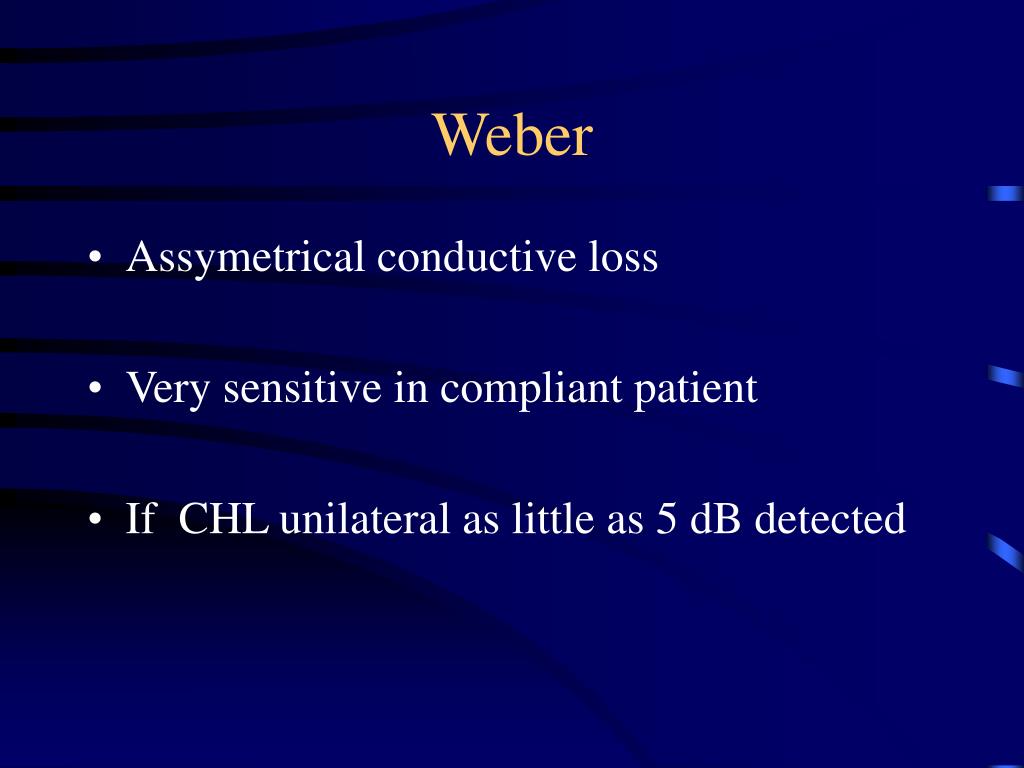

The pinna should be pulled firmly in all directions to determine tenderness. Prominent, protruding ears, called lop ears, are commonly seen. The external ear must be inspected carefully for nodules, growths, serious injuries, surgical scars, cysts, crusting, or fistulas. The combination of these two tests permits the examiner to use fundamental physiologic information in categorizing the patient's hearing as being within normal limits.Įxamination of the ear canal and eardrum of an adult. Bone conduction testing measures the integrity of the sensorineural structures (cochlea, eighth nerve, brainstem nuclei, and relays to the auditory cortex). This result is written BC > AC (i.e., bone conduction is better than air conduction).Īir conduction testing measures the integrity of the entire hearing apparatus from external ear to auditory cortex. If the patient has abnormal hearing, a tuning fork activated and held 2.5 cm from the ear and then placed on the mastoid process will be heard better behind the ear. The proper notation is AC > BC this indicates that air conduction is better than bone conduction. In the Rinne test, when an activated tuning fork is held 2.5 cm from the ear and then placed on the mastoid process, a normal subject will hear it better (louder or more distinctly) in front of the ear than behind the ear. If some sensorineural dysfunction exists in both ears, caused by aging deafness (presbycusis), ototoxicity from drugs, acoustic trauma from excess noise exposure, or following a central nervous system infection, a vibrating fork will be perceived in the ear with the best sensorineural function. (It is perceived by the patient as being in the middle of the head or on top of the head.) In an abnormal patient, the vibrating fork will be perceived in the ear with conductive hearing loss (drum perforation, impacted wax, middle ear fluid, stapes fixation, or otosclerosis), provided the other ear is normal. A normal response is no lateralization of the sound energy generated from the fork to either ear.

With the Weber test, a tuning fork (usually 256 Hz) is activated and applied to the skull, the forehead, the chin, or the upper incisor teeth. The Rinne and Weber tuning-fork tests can be used in the office to evaluate hearing. Abnormalities involving the skin, cartilage, bone, and eardrum may interfere with hearing. The overall accuracy of the Rinne and Weber tuning fork tests in predicting conductive hearing loss associated with OME in children is poor.The ears-pinna, external auditory canal, and eardrum- are the sound-collection system for the body. Age was not associated with outcome for any of the tuning fork tests. For the Rinne test, an increase in ABG was significantly associated with a higher rate of response air conduction < bone conduction using either the 256 Hz or the 512 Hz fork (p <. The Weber test did not show an association between the ABG and the lateralization response using either the 256 Hz (p =. The tuning fork responses were correlated with the ABG to determine their accuracy.

Pure-tone audiometry was performed to establish the presence and degree of an air-bone gap (ABG). The Rinne and Weber tests were performed using a 256 Hz and a 512 Hz tuning fork. The subjects consisted of 58 children with unilateral or bilateral OME. Patients were recruited from the tertiary Pediatric Otolaryngology Clinic at British Columbia's Children's Hospital in Vancouver. The purpose of this study was to determine the accuracy of the Rinne and Weber tuning fork tests in predicting the degree of hearing loss secondary to otitis media with effusion (OME) in children compared with pure-tone audiometry.Ī blinded prospective study was performed on cases of unilateral and bilateral OME in children between ages 2 and 11 years.


 0 kommentar(er)
0 kommentar(er)
